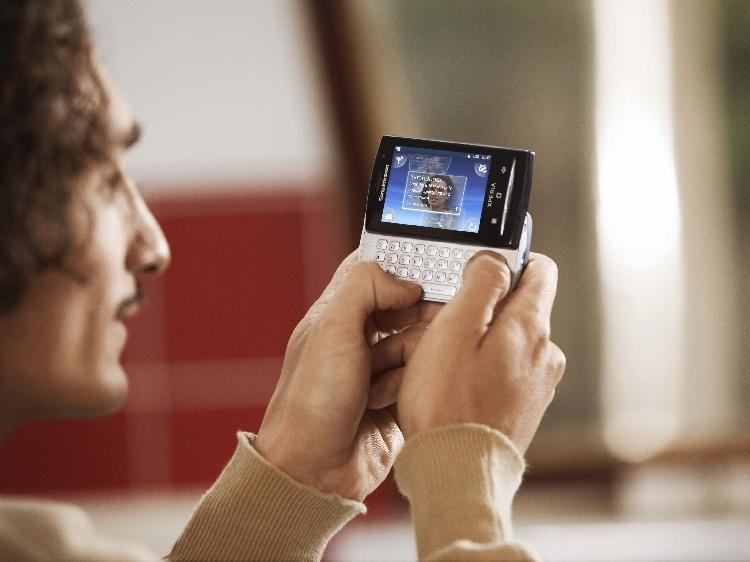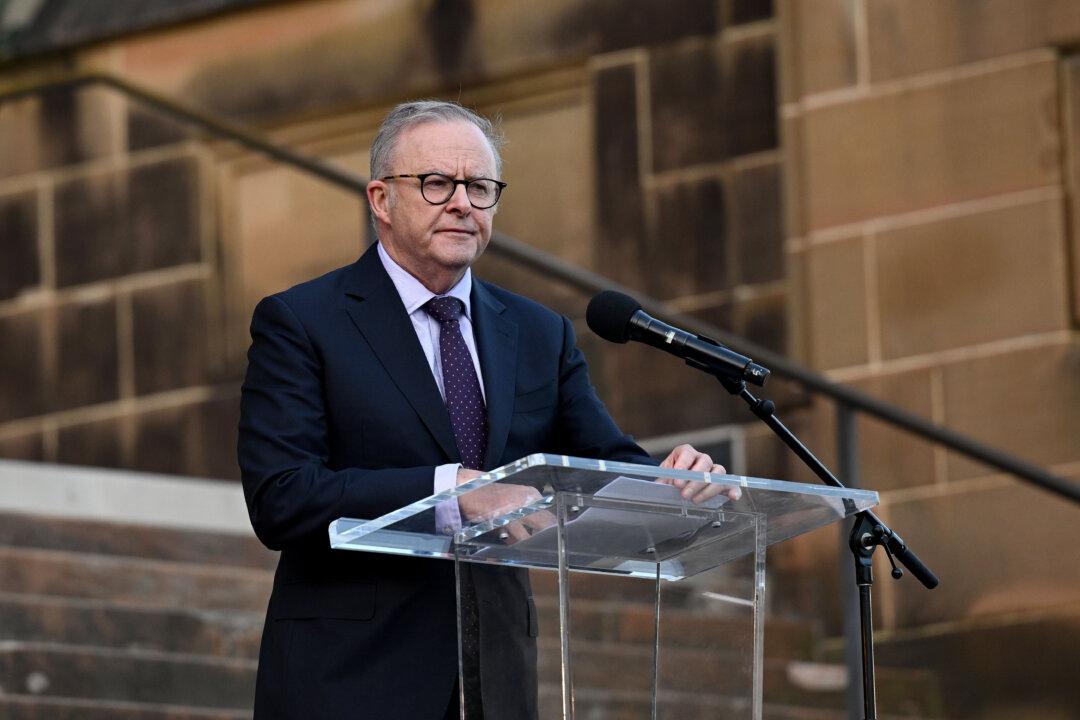Scientists from Australia’s Monash University have worked out a new technology to help people with aphasia to communicate.
Teaming up with Monash Health speech pathologists and their patients, students from the Monash Institute of Medical Engineering (MIME) and Monash Young Medtech Innovators (MYMI) have designed Project QWERTY, a free website that offers a high-tech but simple-to-use solution to aphasia.





